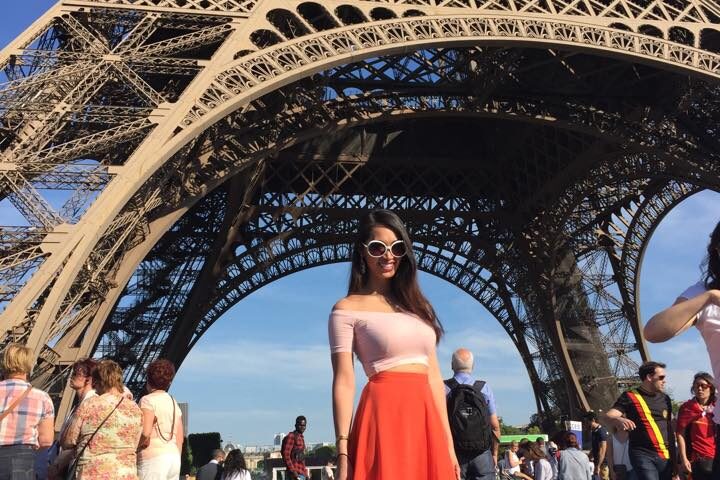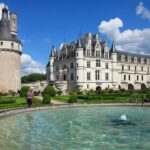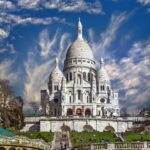- Julia Leoni
- The best of France and its regions, Ile de France, Ile de France, Your guide: a committed professional
Eiffel Tower Tour : a must see in Paris
The Eiffel Tower is an iconic landmark located in the heart of Paris, France. Named after its designer, Gustave Eiffel, the tower was originally built for the 1889 World’s Fair and was intended to be a temporary structure. However, its popularity with locals and tourists alike ensured its survival beyond the fair, and it has since become one of the most recognizable landmarks in the world.
The tower stands at 324 meters (1,063 feet) tall, making it the tallest building in Paris. It is made of iron and features three levels, each accessible by stairs or elevators. The first and second levels offer observation decks that provide stunning views of the city, while the third level is a smaller, more intimate space that can only be reached by a special elevator.
Visitors to the Eiffel Tower can enjoy a range of activities, including taking a guided tour, visiting the souvenir shops and restaurants on the first and second levels, and enjoying the view of Paris from the observation decks. The tower is particularly popular at night, when it is lit up with thousands of lights and offers a magical view of the city.
In addition to being a popular tourist destination, the Eiffel Tower has also played an important role in history and culture. It has been featured in countless films, television shows, and works of literature, and has served as a symbol of Paris and French culture for over a century.
Overall, the Eiffel Tower is a must-visit destination for anyone traveling to Paris. With its stunning views, rich history, and cultural significance, it is truly one of the most iconic landmarks in the world
Tips
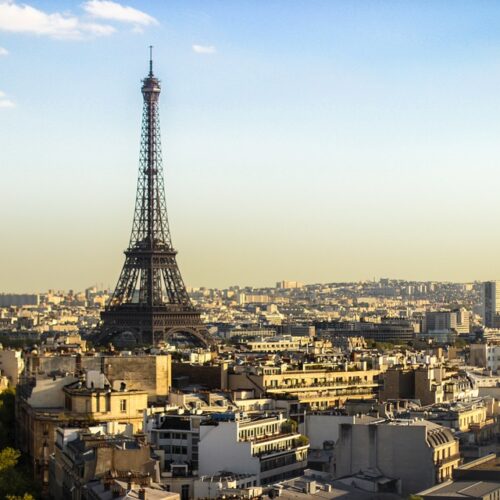
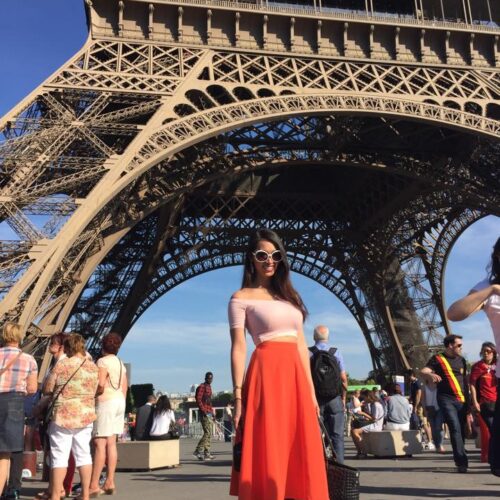
Visiting the Eiffel Tower is a must-do experience for anyone visiting Paris, France. Here are some tips and information to help you plan your visit:
Plan ahead: The Eiffel Tower is a popular attraction and can get very crowded, especially during peak travel seasons. It’s a good idea to book your tickets in advance to avoid waiting in long lines. You can purchase tickets online or at the ticket office on site.
Choose your ticket type: The Eiffel Tower has several ticket options, including access to the first and second floors, as well as the summit. You can also choose between a guided tour or a self-guided visit. Consider your budget and interests when choosing your ticket type.
Know the opening hours: The Eiffel Tower is open every day of the year, but the hours vary depending on the season. During peak travel times, it may stay open later in the evening. Be sure to check the official website for up-to-date opening hours.
Dress appropriately: The Eiffel Tower is an outdoor attraction, so be sure to dress appropriately for the weather. During the summer months, it can get quite hot, so dress in light, breathable clothing. During the winter, it can be quite chilly, so dress in layers and bring a warm coat.
Be prepared for security checks: Like many popular attractions, the Eiffel Tower has security measures in place to ensure the safety of its visitors. Be prepared to go through a security checkpoint and have your bags checked before entering the tower.
Enjoy the views: The Eiffel Tower offers stunning views of Paris from its various observation decks. Take your time to soak in the panoramic vistas and snap some memorable photos.
A visit to the Eiffel Tower is a once-in-a-lifetime experience and a great way to see the City of Lights from a unique perspective. With a bit of planning and preparation, you can make the most of your visit and create unforgettable memories.
The Champ de Mars District
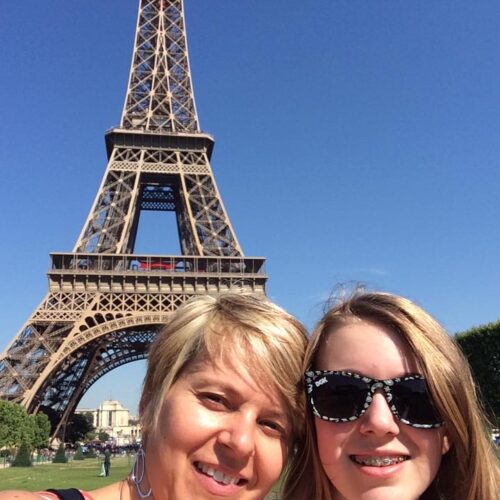
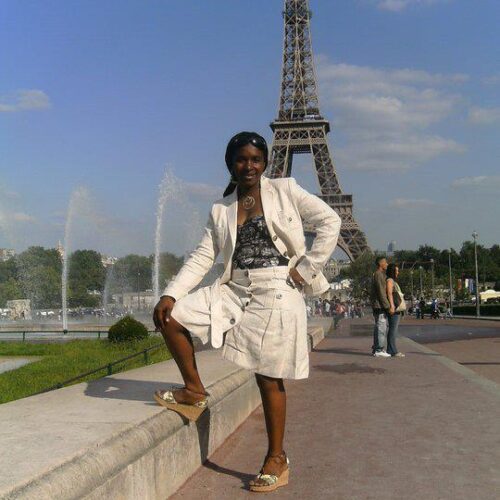
The Champ de Mars is a large public park located in the 7th arrondissement of Paris, France. The park is named after the Campus Martius in Rome, which was a popular spot for military drills and athletic competitions.
The Champ de Mars is perhaps most famous for its location at the foot of the Eiffel Tower, making it a popular spot for picnics, leisurely walks, and enjoying views of the iconic landmark. The park itself spans over 60 acres and features wide lawns, fountains, and gardens, making it a peaceful retreat from the hustle and bustle of the city.
In addition to its natural beauty, the Champ de Mars is also home to several important cultural and historic landmarks. One of the most notable is the Ecole Militaire, a military academy that was founded by Louis XV in the 18th century. The academy’s impressive buildings and grounds are a striking example of French neoclassical architecture and are open for public tours.
Another notable attraction in the Champ de Mars district is the Musée du quai Branly, a museum that houses an extensive collection of art and artifacts from Africa, Asia, Oceania, and the Americas. The museum’s striking contemporary architecture and innovative exhibits make it a must-visit destination for art and culture enthusiasts.
The Champ de Mars is also home to several annual events and festivals, including the Bastille Day military parade, which takes place on July 14th and attracts visitors from around the world. The park is also a popular spot for outdoor concerts and other cultural events throughout the year.
Overall, the Champ de Mars district offers visitors a unique blend of natural beauty, cultural richness, and historic significance. Whether you’re looking to relax and enjoy the park’s peaceful surroundings or explore the area’s many landmarks and attractions, there’s something for everyone in this vibrant and dynamic part of Paris.
The Trocadero Square
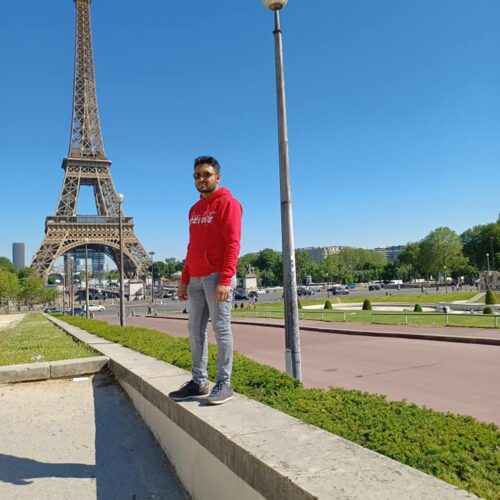

The Place du Trocadéro is a large public square located in the 16th arrondissement of Paris, France. It is situated on the right bank of the Seine River, directly opposite the Eiffel Tower, making it one of the most popular tourist destinations in Paris.
The square itself is surrounded by a number of impressive buildings and landmarks, including the Palais de Chaillot, a Neoclassical palace that now houses several museums, theaters, and performance spaces. The Palais de Chaillot was built for the 1937 World’s Fair and is known for its stunning views of the Eiffel Tower and the Seine River.
The Place du Trocadéro is also home to several notable fountains, including the Fountain of Warsaw and the Fountain of the Trocadéro. The latter is particularly famous for its dramatic water displays, which are set to music and lighting during the summer months.
In addition to its stunning architecture and beautiful fountains, the Place du Trocadéro is also a popular spot for outdoor concerts, festivals, and other cultural events throughout the year. The square’s wide open spaces and picturesque setting make it an ideal location for everything from art exhibits to dance performances to sporting events.
Overall, the Place du Trocadéro is a must-visit destination for anyone traveling to Paris. Whether you’re interested in architecture, history, or simply enjoying the city’s beautiful public spaces, this iconic square offers something for everyone.
The Palais de Chaillot
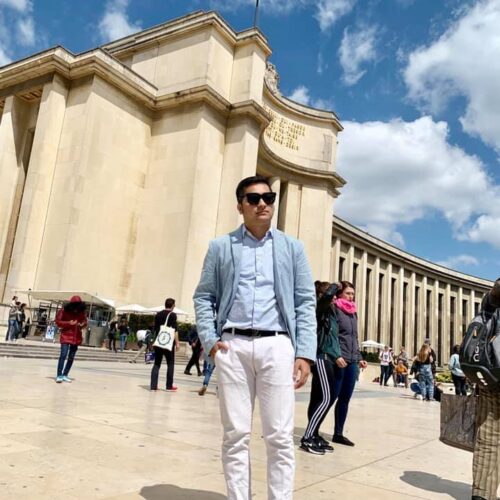
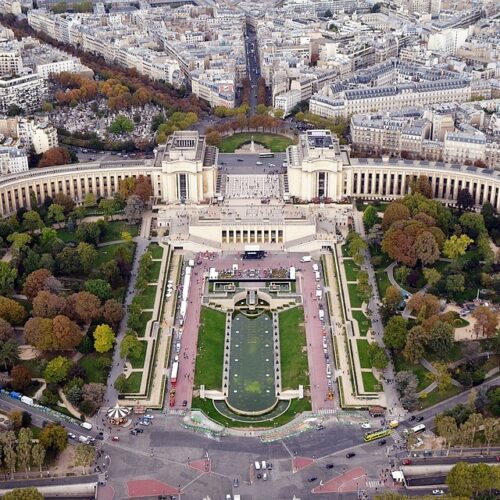
The Palais de Chaillot is a historic building complex located in the 16th arrondissement of Paris, France. It was constructed for the 1937 World’s Fair, which was held in Paris, and was designed to replace the old Palais du Trocadéro, which was built for the 1878 World’s Fair.
The Palais de Chaillot is a stunning example of Neoclassical architecture, featuring impressive columns, grand staircases, and ornate facades. The building is situated on a hill overlooking the Seine River and the Eiffel Tower, offering some of the most breathtaking views of Paris.
Today, the Palais de Chaillot is home to several important cultural institutions, including the Musée de l’Homme, the Musée national de la Marine, and the Théâtre National de Chaillot. The Musée de l’Homme is a museum dedicated to anthropology and the study of human evolution, while the Musée national de la Marine showcases the history of French naval power. The Théâtre National de Chaillot is a theater that hosts a wide range of performances, including dance, theater, and music.
In addition to its cultural offerings, the Palais de Chaillot is also a popular destination for tourists and locals alike due to its stunning architecture and panoramic views. The building’s large outdoor terrace is a popular spot for taking photos and enjoying the view of the Eiffel Tower.
Overall, the Palais de Chaillot is an essential destination for anyone interested in Parisian history, culture, and architecture. With its impressive buildings, cultural institutions, and panoramic views, it’s easy to see why this iconic complex has become one of the most popular tourist destinations in Paris.
Gustave Eiffel : the architect
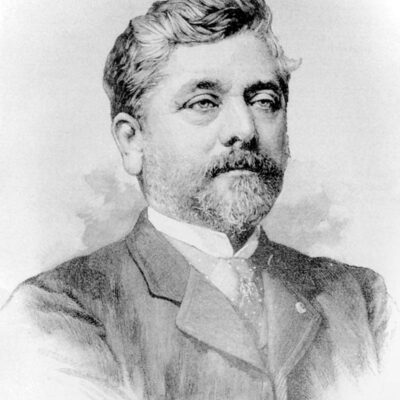
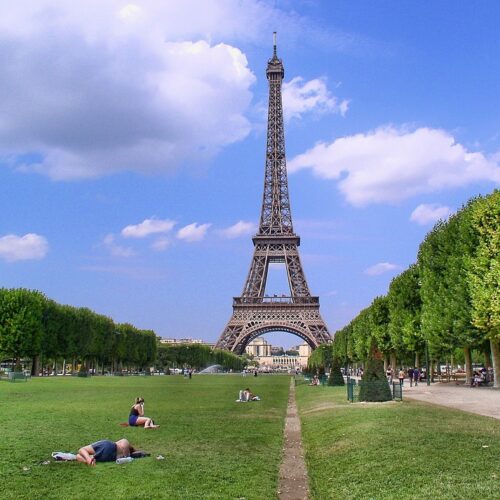
Gustave Eiffel was a French engineer and entrepreneur best known for his iconic creation, the Eiffel Tower. Born in Dijon, France in 1832, Eiffel was trained as an engineer and quickly gained a reputation as a talented designer and builder. He had the Hangar J1 built in Marseille, close to the port.
Eiffel’s most famous project, the Eiffel Tower, was commissioned as the centerpiece of the 1889 World’s Fair, which was held in Paris to celebrate the 100th anniversary of the French Revolution. At the time, the tower was the tallest building in the world, standing at 324 meters (1,063 feet) tall. It was also an engineering marvel, featuring a unique lattice structure that was both lightweight and incredibly strong.
Despite some initial controversy and criticism, the Eiffel Tower was a huge success and quickly became a beloved symbol of Paris and French culture. It has since become one of the most visited tourist attractions in the world, attracting millions of visitors every year.
In addition to the Eiffel Tower, Eiffel was responsible for designing and building a wide range of other structures, including the Garabit Viaduct in France and the Maria Pia Bridge in Portugal. He was also a prolific inventor and held several patents for inventions in fields ranging from bridge-building to meteorology.
Eiffel died in 1923 at the age of 91, but his legacy lives on through his iconic structures and his contributions to the field of engineering. Today, the Eiffel Tower remains one of the most recognized and beloved landmarks in the world, a testament to Eiffel’s talent and vision as an engineer and designer.

